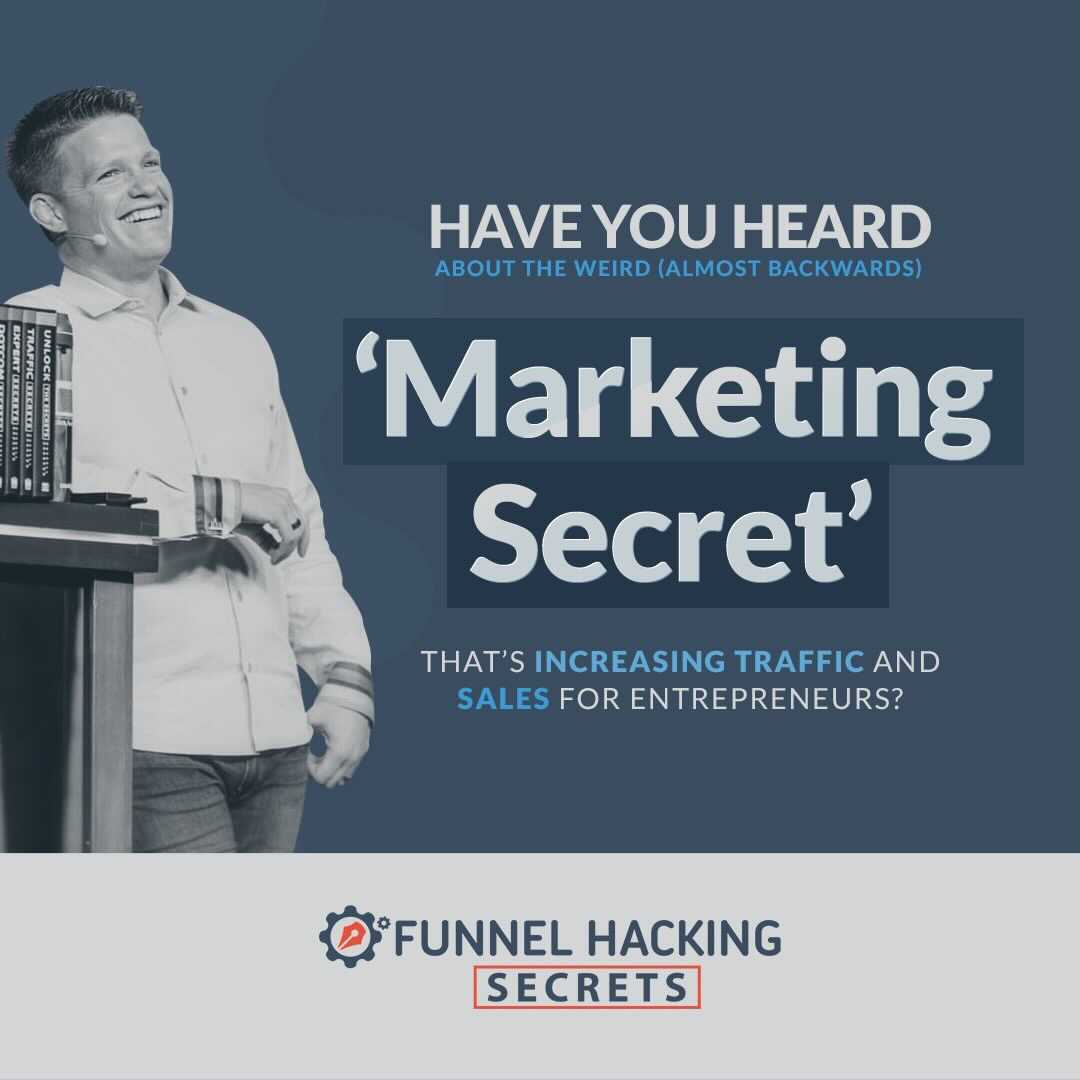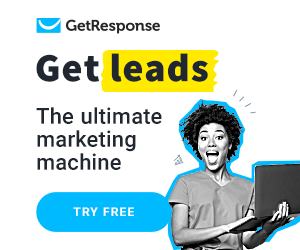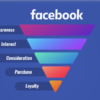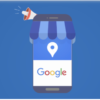Guides
The 3 Most Effective Outbound Sales Strategies
There are three ways to get new customers quickly. Today, we will share with you the best three methods. They are called outbound sales.
Outbound Sales Fundamentals That You Need to Get Right
Okay, so before we get into specific strategies, let’s discuss the fundamentals of outbound sales that you need to get right no matter what approach you are using…
Conduct Extensive Customer Research
The best salespeople in the world aren’t the ones that are the most extroverted, the most charismatic, or the best talkers.
The best salespeople know their customers very well. That’s why it is important to research your customers to sell to them better.
Find out where your dream customers hang out online and then listen to the conversations that are happening there.
This could mean:
- Reading blogs.
- Listening to podcasts.
- Watching YouTube videos.
- Reading YouTube comments.
- Subscribing to subreddits.
- Joining online forums.
- Following social media influencers.
- Keep an eye on relevant hashtags.
…etc.
You might also want to consider using text analytics software to speed things up.
Text analysis is a machine learning technique that you can use to study a lot of text data to find important information. For example, you could analyze all the tweets that include a specific hashtag.
When you are conducting customer research, you want to pay attention to:
- Demographic traits aka objective facts about your dream customers. Gender, age, ethnicity, education level, occupation, income level, etc.
- Psychographic traits aka psychology of your dream customers. What is driving them? What do they want to achieve? What are they struggling with? What do they believe in? What are their values? Etc.
- The language that your dream customers are using to express themselves. What words, metaphors, and imagery show up again and again?
The more research you do, the clearer the patterns will become – and the easier it will be for you to connect with your dream customers.

Set Up a Customer Relationship Management (CRM) System
Any outbound sales campaign will inevitably turn into a complete mess if you fail to remain organized.
It might seem like you can remember everything at first, but if you are doing cold outreach, you will soon start forgetting about some of the follow-ups, discovery calls, and virtual meetings.
That’s why you need to have a solid customer relationship management (CRM) system in place.
ClickFunnels 2.0 includes a CRM feature that makes it easy for you to keep track of all the sales activity in your business
Alternatively, you can pick one of the popular CRM apps such as:
Whichever option you choose, make sure that you start using it from day one so that no promising lead would slip through the cracks.
Determine the Best Way to Contact Your Dream Customers
Outbound sales are all about cold outreach:
- Cold email.
- Cold social media messages.
- Cold calling.
Here are three questions you should ask when considering each of these options:
- Will you reach them? The busier your dream customers are, the harder it will be to get in touch with them. You need to figure out which way will give you the best chance to reach them.
- Is it appropriate? When reaching out to someone about your home, you need to be aware of the communication channel you are using. For example, LinkedIn is a good site for business communications, while Facebook might not be appropriate for reaching out to potential buyers. You don’t want to come across as creepy or stalker-like!
- Are you good at it? Some people are better at communicating by email or messages. Other people are better at communicating by phone calls. Choose the method of communication that you feel most comfortable with. Play to your strengths!
Also, it’s best to pick one channel, to begin with, then add more channels once you have mastered the first one.
Create a Customizable Cold Outreach Template
Whichever channel you choose, you will need to create a customizable template for it.
For cold emailing and cold social media messaging, you want a template that you can copy-paste, personalize, and send.
When cold calling, it is helpful to have a script to follow. This will help you remember the main points that you want to make and also give you some answers to common questions.
Track Your Cold Outreach Campaign, Optimize Based on the Data
There is no one-size-fits-all solution when it comes to cold outreach. You need to follow some general principles, but you will have to figure out what works best for you.
That is why you need to collect data from your target audience. Analyze it and learn what works and what doesn’t. Remember, that initial cold outreach template is just a first draft. You need to optimize it based on feedback from your target audience.
Don’t Try To Sell Your Product via Cold Outreach!
Cold outreach is a way to get potential customers interested in what you have to offer. You want to make sure that they are interested enough to take the next step in your sales funnel, which usually means buying something from you.
Don’t try to sell your product right away. It won’t work because the person you contacted doesn’t know or trust you enough yet.
Before selling to someone, find out what the next step is in your sales funnel. Once you know that, end your email, social media message, or phone call with a relevant call to action.
Typically, this means asking the potential customer to schedule a discovery call during which you can tell them about your product and try to close the sale.
Outbound Sales Strategy #1: Cold Email
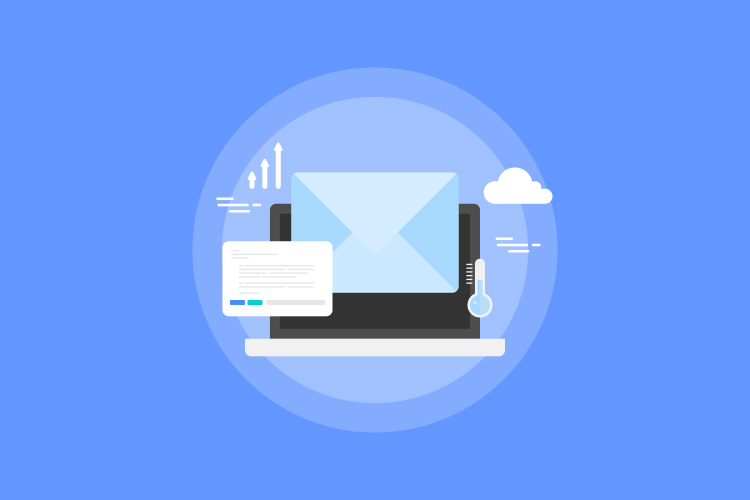
Cold email is the most straightforward cold outreach strategy.
Identify the Right Person to Contact
If you have a B2B business, it’s not as simple as shooting someone an email – you need to figure out who in the organization is the right person to pitch your product to.
You want to talk to someone who has the authority to approve the purchase of your product, or someone close to them.
For example, if you are selling social media scheduling software, you should figure out who in the company is responsible for social media marketing.
LinkedIn can be used to find this information. Go to the company’s page, and then look for someone who has the words “social media” in their job title.
Keep in mind that the smaller the business, the more hats each employee will be wearing.
For example, a big company might have a “social media manager” (or something along those lines) as a separate role, while a startup will likely have one person handling all marketing.
Find Their Email Address
Once you know who your target is, it’s time to find their email address.
If you are lucky, it will be listed on the company’s website. But what if it’s not?
Then you should use hunter.io. It’s a search engine for professional email addresses. You can enter a domain name, then it will show you various email addresses associated with it.

Even if you can’t find the contact information for that person, you will at least learn what is the most common email address format used in that company.
You can try to reach your target by sending an email to an address that follows the same format.
Say, if your target’s first name is John and the most common pattern is firstname@company.com, then you can try sending an email to john@company.com.
You might also want to experiment with other popular email address patterns such as firstname.lastname@company.com.
Focus on the Benefits
One of the most important copywriting principles that you need to understand in order to write persuasive cold emails is the distinction between features and benefits:
- A feature is a quality or a function of a product (e.g. “These shoes are waterproof!”).
- A benefit is a value the customer will get from that product (e.g. “These shoes will keep your feet dry!”).
People buy based on what they think they will get out of the purchase. People usually make a decision based on the benefits of something. That is why you always need to lead with what people will get from buying your product or service.
Copywriter Laura Lopuch, who used cold email to 14x her freelance copywriting business, recommends connecting your offer to the target’s business goal.
Typically that business goal is one of these:
- Make more money
- Get more clients
- Reduce expenses
- Grow their business (reach, market share)
- Look awesome to their boss/clients
Note that it’s important to focus on the goal of your target as opposed to the goal of the company as a whole:
“That goal depends on their job and seniority level.
A CEO or founder cares about the big picture and getting more clients (aka long-term growth).
A marketing manager who desires to become a marketing director cares about looking awesome to her boss,” explains Laura.
Use the QVC Formula
There are plenty of proven cold email templates available online.
One of our favorite approaches is the QVC formula that Justin McGill, the founder of LeadFuze, used to grow his company from zero to $30,000 in monthly recurring revenue in just one year:
- Q = Question. “Most people try to lead in with some sort of introduction and this just tips off the prospect that they don’t know you. Instead, try to lead in with a question that pertains to your business.”
- V = Value Prop. “Instead of going on and on about how great your service is and ALL that you offer, try to get the core message out and highlight what makes you unique.”
- C = Closing Call-to-Action (CTA). “Don’t end the email weakly, with a “Look forward to hearing from you” type closing. Instead, ask directly if they can speak in the next few days OR give them some sort of closing question that begs an answer to elicit some sort of response.”
Here’s a sample email that follows this formula:

He also recommends adding a P.S. where you provide instructions for opting out of follow-up emails.
This is important because it helps you differentiate yourself from spammers.

Follow Up!
Busy people are dealing with a never ending influx of emails.
You shouldn’t take it personally if you don’t get a response right away – they probably didn’t even notice your message.
That’s why you want to keep sending follow-up emails until you get a response from your target – whether a positive or a negative one.
For example:
Sam Parr used cold email to get Tim Westergren, the founder of Pandora, to speak at his conference Hustle Con.
But he didn’t just email Tim once and leave it at that.
He kept following up:

It took three emails to get a response:

According to Sam, following up is essential – in fact, it determines who succeeds and who fails with cold email:
“Here’s where winners emerge. Big shots get 100’s of emails a day, so they’ll most likely ignore you. Don’t take it personally. You must follow up. When I was a noob, I thought this was nagging. It’s not. Just make sure to add an easy out,” he explains.
Keep following up until you get a response. What’s the worst that can happen? They’ll email you telling you to stop. Then you’ll at least know where you stand.
Don’t worry- busy people understand why it is necessary to follow up. You won’t offend them by doing this.
Persistence is a quality that is often respected. Successful people usually achieved this by being persistent.
Outbound Sales Strategy #2: Cold Social Media Messages
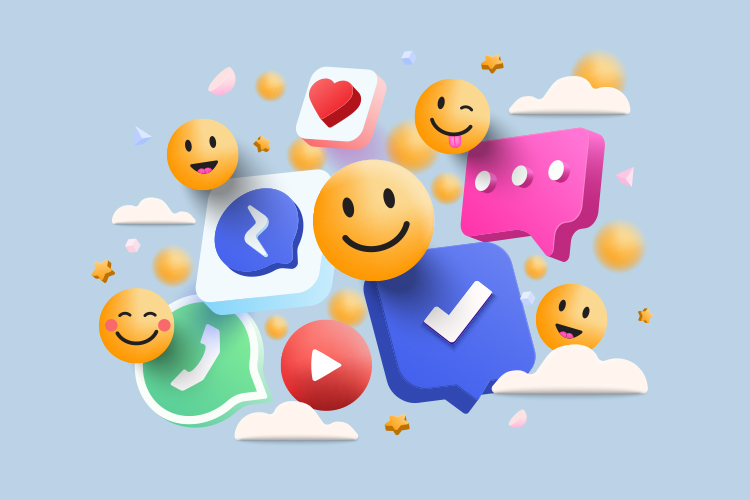
Cold social media messaging can also be a great way to reach potential customers.
You can use the same QVC formula for social media posts – just keep in mind that social media messages should be shorter than emails.
Also, if at all possible, you should try to get a mutual connection to your target.
That way, when people look at your profile, they will see that you have a mutual connection. That connection will act as social proof that you are a serious person.
Finally, it is important to choose the right social media platform to market your home. LinkedIn is a good option because it is a safe place for people to look for information.
Outbound Sales Strategy #3: Cold Calling

Cold calling is the most challenging cold outreach channel.
Needless to say, it’s more acceptable in B2B than in B2C since calling random people on their personal numbers is creepy.
Its acceptability also varies from industry to industry, so you need to be mindful of that as well.
And here are some tips on how to become more effective at cold calling:
- Have a script. You don’t necessarily need a word-for-word script. In fact, following one might be counterproductive since it would likely make you sound robotic. But you do want to prepare your opening, pitch, and call to action, as well as answers to the most frequently asked questions.
- Learn to bypass gatekeepers. You may not be able to reach busy decision-makers right away. These people usually have someone who screens their calls, so you will need to get past that person first.
- Roleplay cold calling. You can practice cold calling by roleplaying it with someone you know. Explain to the other person what the most common scenarios are. Then get them to play the part of either a gatekeeper or a target. Ideally, you want to do this over the phone, rather than in person.
- Record your cold calls. You might want to consider using a recording app to record your cold calls. This will help you learn from them and improve your skills. However, be warned that it will be painful to listen to and you may cringe. Also, before you start recording cold calls, make sure that it’s legal to do so where you live.
Make as many cold calls as possible. Almost everyone starts out being bad at cold calling. People stop trying because it takes a long time to get good at it. You need to get used to rejection, be confident, and not take things personally. That’s why it’s important to keep practicing even if it feels difficult at first. Don’t give up if you feel like you’re constantly getting rejected, feel awkward, or feel embarrassed. Keep trying and you’ll get better.
Want Potential Customers To Come To You Instead?
You can get customers via outbound sales.
But we believe that creating automated sales funnels is a much more effective way to grow an online business.
For example:
Russell Brunson used sales funnels to increase ClickFunnels’ annual revenue from $0 to $10 million in just one year. It is now at over $100 million.
Even the best salesman cannot make all of his sales by making cold calls. You need to use technology if you want your company to grow quickly.
>>>Join The One Funnel Away Challenge<<<



